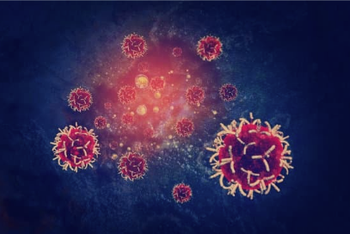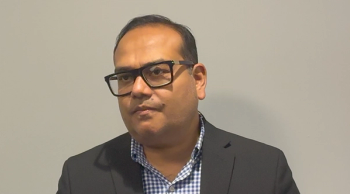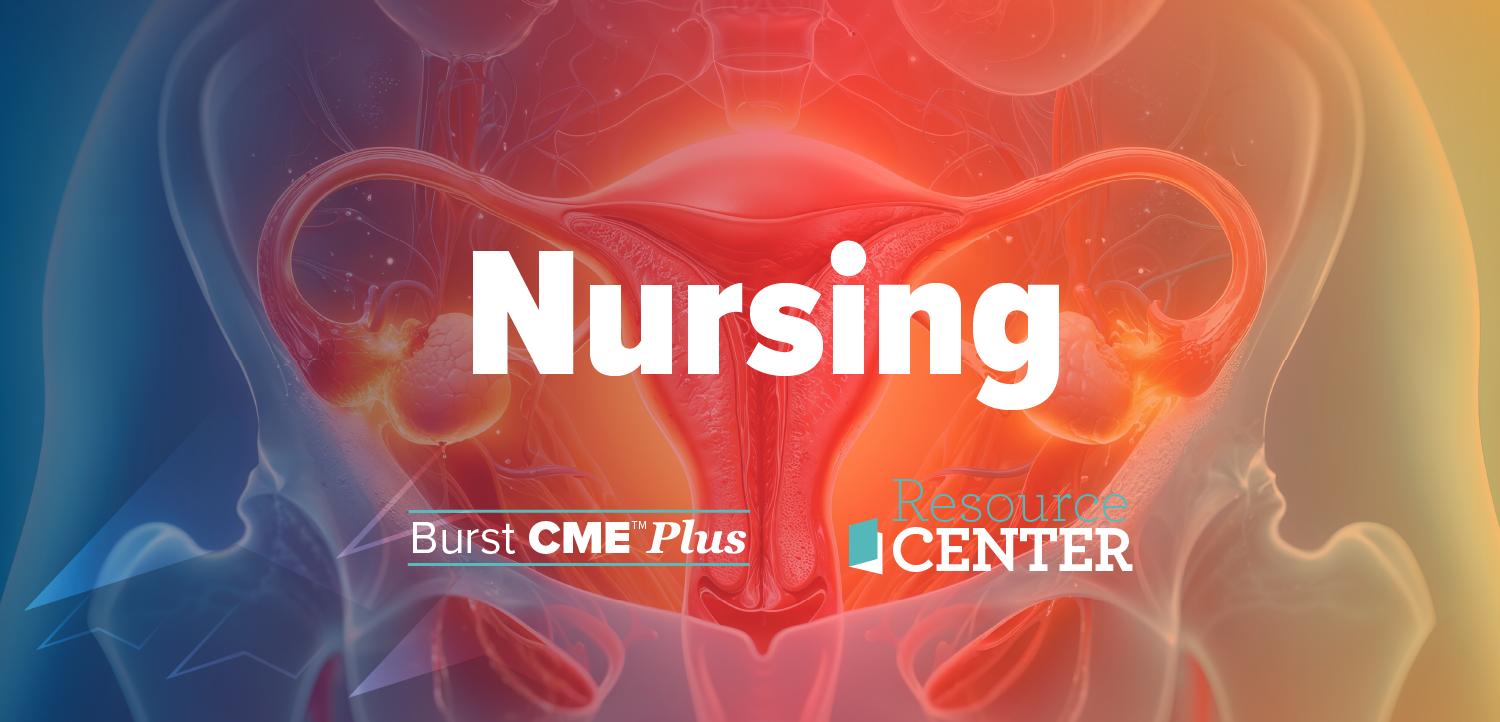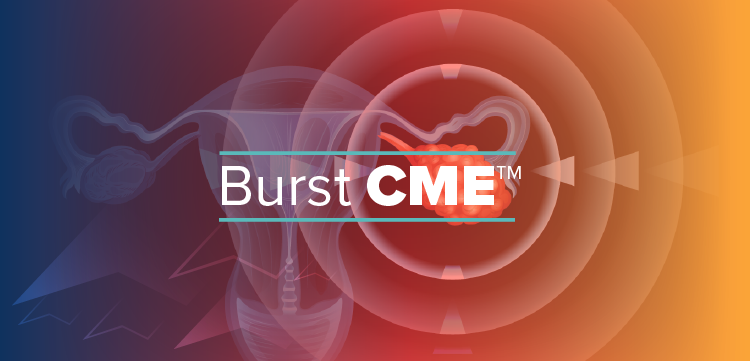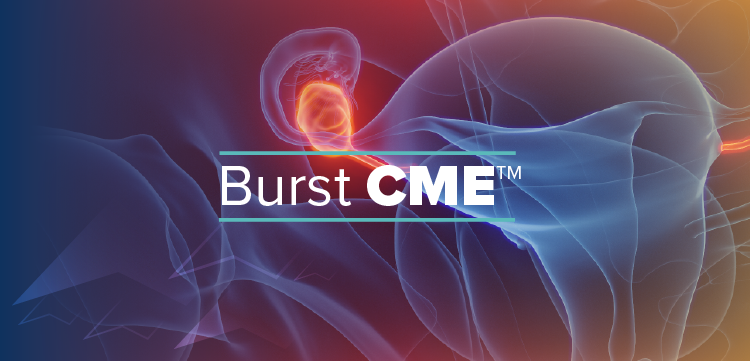
Oncology NEWS International
- Oncology NEWS International Vol 4 No 8
- Volume 4
- Issue 8
New Studies Urged of Postmastectomy RT
BALTIMORE--Irradiation of the chest wall following mastectomy has had an up and down history as breast cancer therapy. Now, says Allen S. Lichter, MD, director of Radiation Oncology, University of Michigan Medical Center, it is time to take another look at its value for patients with local or regional disease after surgery.
BALTIMORE--Irradiation of the chest wall following mastectomyhas had an up and down history as breast cancer therapy. Now,says Allen S. Lichter, MD, director of Radiation Oncology, Universityof Michigan Medical Center, it is time to take another look atits value for patients with local or regional disease after surgery.
About one third of all first failures are on the chest wall, Dr.Lichter said, and the rate is even higher for node-positive patients."I think we need to take this off the shelf again and startto use it," he said, urging new randomized trials.
In his presentation at a conference on neoplastic disorders, sponsoredby Johns Hopkins Oncology Center, Dr. Lichter, cited studies duringthe last 40 years showing that chest wall irradiation significantlyreduces the number of chest wall failures and increases disease-freesurvival. However, the procedure appears not to improve overallsurvival and may actually decrease it, due to an excess rate ofcardiac deaths.
These ambiguous results, he said, are due both to the nature ofthe disease and the design of the trials.
In retrospect, Dr. Lichter said, studies beginning with the ManchesterTrial (1949-1955) were clouded by uneven radiotherapy techniques,mixed groupings of patients (node positive and negative, premenopausaland postmenopausal), hormonal therapy in some cases, and smallsample sizes.
Regarding the disease itself, Dr. Lichter would divide patientsinto three groups: those with local disease that is cured by mastectomy;those with occult disseminated disease at presentation; and thosewith some residual local-regional disease after mastectomy, butwithout micrometastases.
It is this last group (perhaps 10% of the total) that could behelped by postmastectomy radiation therapy, Dr. Lichter believes,even given recent advances in systemic therapy.
"Chemotherapy has more influence on changing distant failurethan local failure," Dr. Lichter said. "Local diseaseseems to be 'resistant' to systemic chemotherapy. So while chemotherapycan eliminate systemic disease in some node-positive patients,local-regional disease may persist, leading to recurrence. Postmas-tectomyradiation can destroy this local-regional disease, resulting inan increased cure rate."
He cited recent studies in Denmark and Canada suggesting thatchest wall radiation is useful for patients at high risk of localfailure, meaning those with locally aggressive signs: invasionof the margins or of the pectoral muscle or fascia, a large numberof positive nodes, and T3 or T4 tumors.
"Chest wall radiation decreases the number of local failuresand shows possible survival benefits, especially in premenopausalwomen," Dr. Lichter said. "Now is the time to settlethis issue once and for all in this country."
Dr. Lichter has proposed to the Breast Cancer Intergroup a randomizedtrial of 1,500 to 2,000 patients to test postmas-tectomy irradiationin patients with local-regional disease. So far, he said, theIntergroup, while praising the idea, has preferred to back studiesof chemotherapy. But Dr. Lichter said that he plans to continuepressing for tests.
Articles in this issue
over 30 years ago
CA 125 Predicts Response to Chemo in Ovarian Caover 30 years ago
Biochemical Modulation Promising in RT-Resistant GI Cancerover 30 years ago
Cancer Institute of NJ Adds to its Staffover 30 years ago
A Century of Breast Cancer Litigation Is 'Deconstructed'over 30 years ago
New Depot Formulation of LHRH Analogue Allows 12-Week Dosingover 30 years ago
NSABP Investigation Threatens Academic Freedom for All: Fisherover 30 years ago
Cancer Fax Directory in 3rd Editionover 30 years ago
HIV-Related Malignancies Increasing, Physicians Tell Panelover 30 years ago
Breast Cancer Risk Factors Remain Elusive TargetNewsletter
Stay up to date on recent advances in the multidisciplinary approach to cancer.




